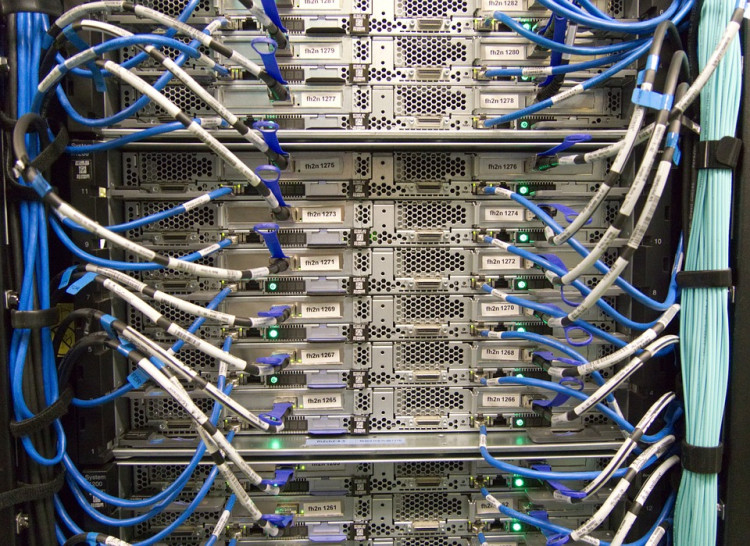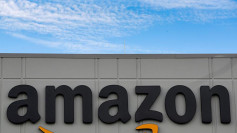China's state-owned telecom companies are planning to develop a $500 million undersea fiber-optic internet cable network, intended to connect Asia, the Middle East, and Europe, to rival a similar US-backed project, according to Reuters.
Four sources with direct knowledge of the plans revealed that China Telecommunications Corporation (China Telecom), China Mobile Limited, and China United Network Communications Group Co Ltd (China Unicom) are working together on one of the most advanced and far-reaching subsea cable networks.
The EMA (Europe-Middle East-Asia) cable project would link Hong Kong to Hainan, then continue to Singapore, Pakistan, Saudi Arabia, Egypt, and France. The cable is planned to be manufactured and installed by China's HMN Technologies Co Ltd, with the Chinese state providing subsidies for the project.
This announcement follows a Reuters report last month detailing how the US government has disrupted several Chinese undersea cable projects over the past four years due to concerns about Beijing eavesdropping on internet data. Undersea cables, responsible for carrying over 95% of all international internet traffic, have become tools of influence in the escalating competition between the US and China.
The EMA project is designed to rival the SeaMeWe-6 (Southeast Asia-Middle East-Western Europe-6) cable, currently being constructed by US firm SubCom LLC, which will also connect Singapore to France. Originally, China Mobile, China Telecom, and China Unicom were part of the SeaMeWe-6 consortium and had selected HMN Tech to build the cable. However, after successful US pressure and the contract being awarded to SubCom last year, the Chinese telecom firms withdrew and began planning the EMA cable.
The EMA cable aims to offer China strategic advantages in its rivalry with the United States. It would create a super-fast new connection between Hong Kong, China, and much of the rest of the world, which Washington wants to avoid. Additionally, it gives China's state-backed telecom carriers a broader reach and protection if they are excluded from US-backed cables in the future.
Security analysts suggest that the construction of parallel US- and Chinese-backed cables could lead to a divided global internet infrastructure in the coming decade. This division could force countries to choose between Chinese-approved internet equipment or US-backed networks, potentially slowing down and disrupting the global economy.





